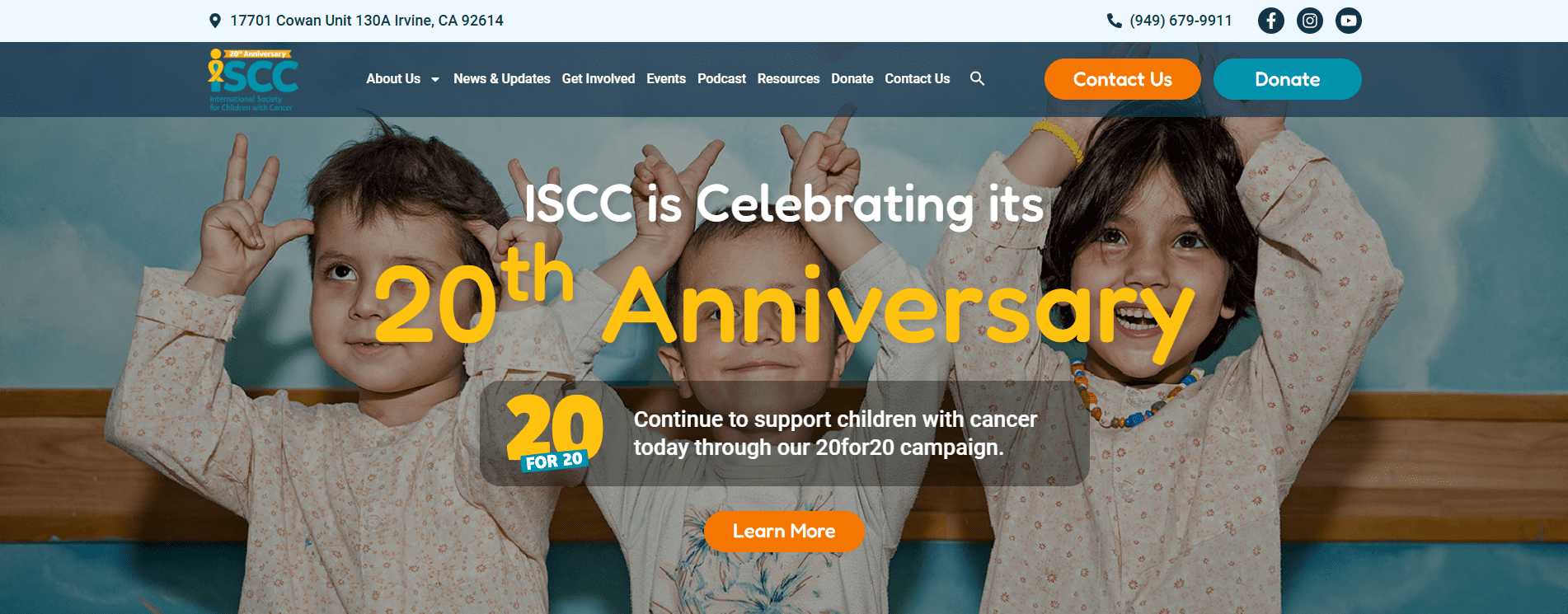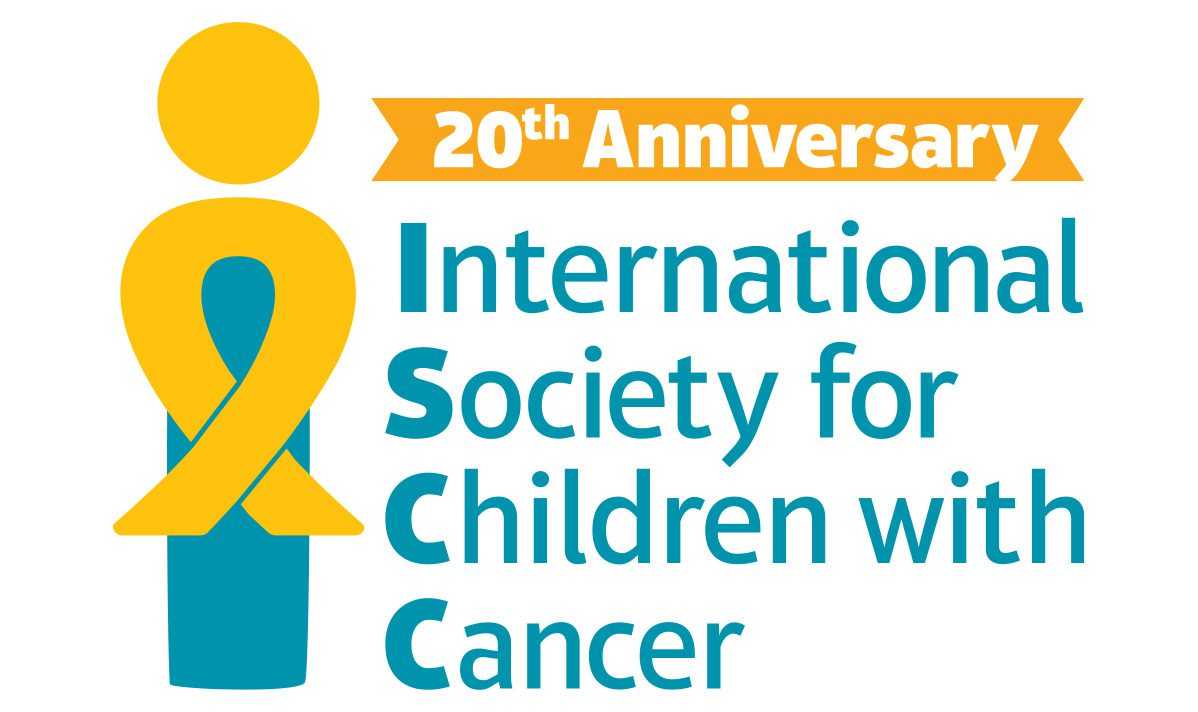Simply defined, a tumor is an abnormal growth. Usually not accompanied by swelling (inflammation), tumors can appear at any age. When present in children, growths can sometimes be difficult to detect since younger patients often don’t know how to clearly verbalize symptoms. Potential sources of tumors in children are also different from what typically affects adults.
Sources of Tumors in Children
Leukemias account for about 30 percent of all cancers in children. Cancer in this form is usually accompanied by joint or bone pain, unexplained weight loss, and general fatigue and weakness. According to the American Cancer Society, brain and spinal cord tumors make up approximately 25 percent of all childhood cancers. Symptoms of such tumors tend to be widespread and may include headaches and dizziness, blurred vision, or difficulty with coordination, dexterity, and balance.
Diagnosing Tumors in Children
Not all tumors in children are cancerous, although that determination cannot be made without performing a biopsy. During this procedure, tissue from the tumor is inspected in a laboratory to determine if there are abnormal cancer cells. The location of a tumor is confirmed with an image test. In addition to X-rays, such tests include CT and MRI scans. The latter two tests are able to provide a detailed look at soft tissues.
Tumors in Younger Children
Some forms of cancer that may cause tumors in children are typically found in very young children, often under ten years of age. Affecting nerve cells in the embryo or fetus, neuroblastoma tumors are usually found in the abdominal area. More common in children 3 to 4 years of age, Wilms tumors affect one or both kidneys.
Possible Treatment Options
As with tumors in adults, tumors in children are frequently treated with chemotherapy if they are cancerous. Radiation therapy, in appropriate dosages, is often recommended following removal of a cancerous tumor to ensure all irregular cells have been destroyed. Even a benign tumor may need to be removed, when possible, if located in a place where it’s affecting nerves or internal functions.
In general, the risk of developing tumors can be reduced in children by encouraging healthy eating habits to maintain an ideal weight for a child’s height and age. Further increase the odds of detecting tumors early by sticking to suggested physical exam schedules based on your child’s age. Be observant and don’t ignore any odd lumps, signs of unusual growths, or symptoms with no clear source.











